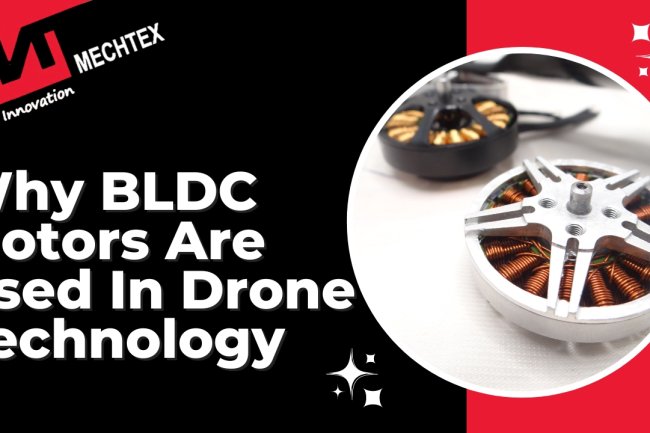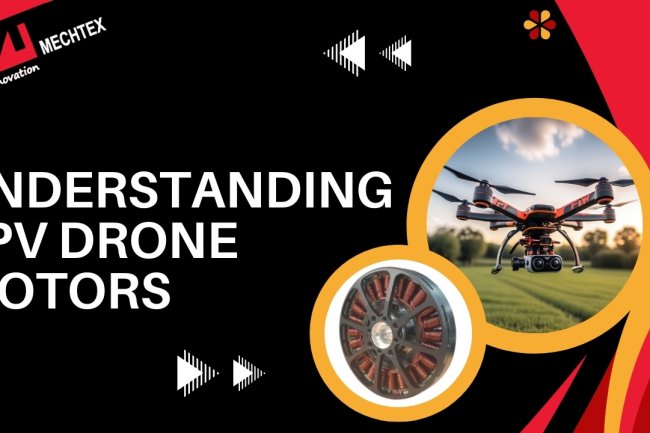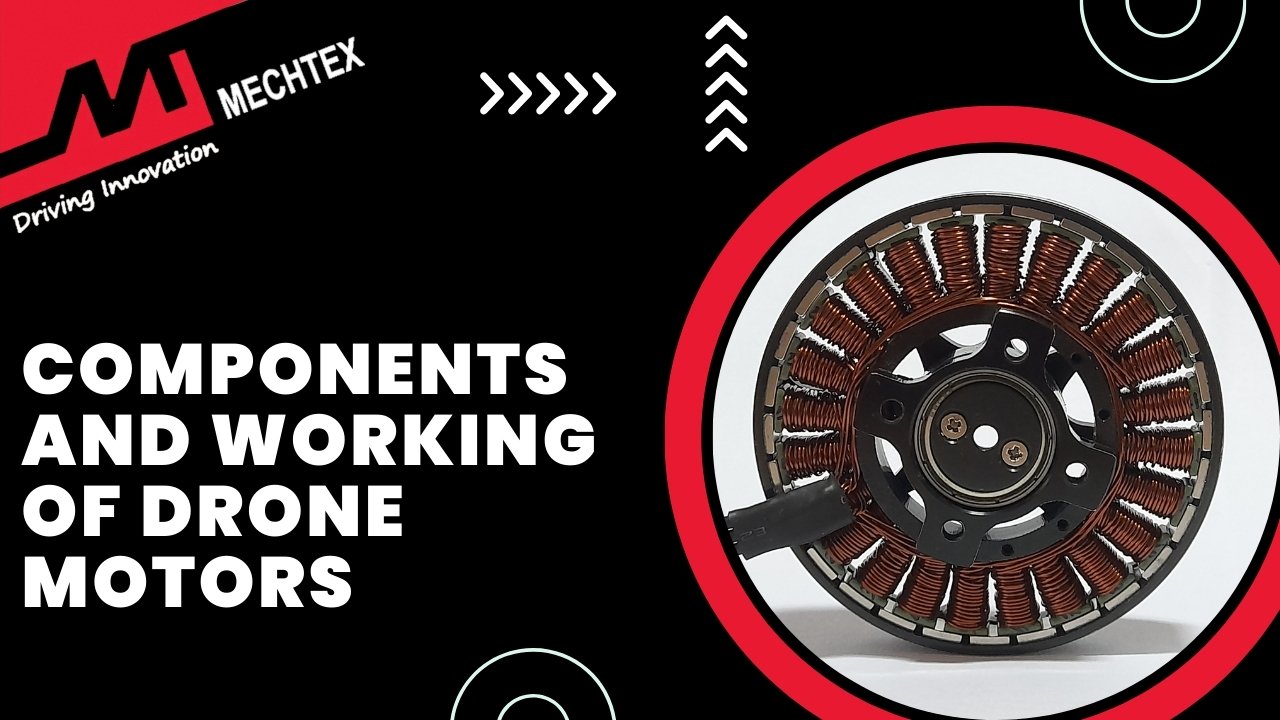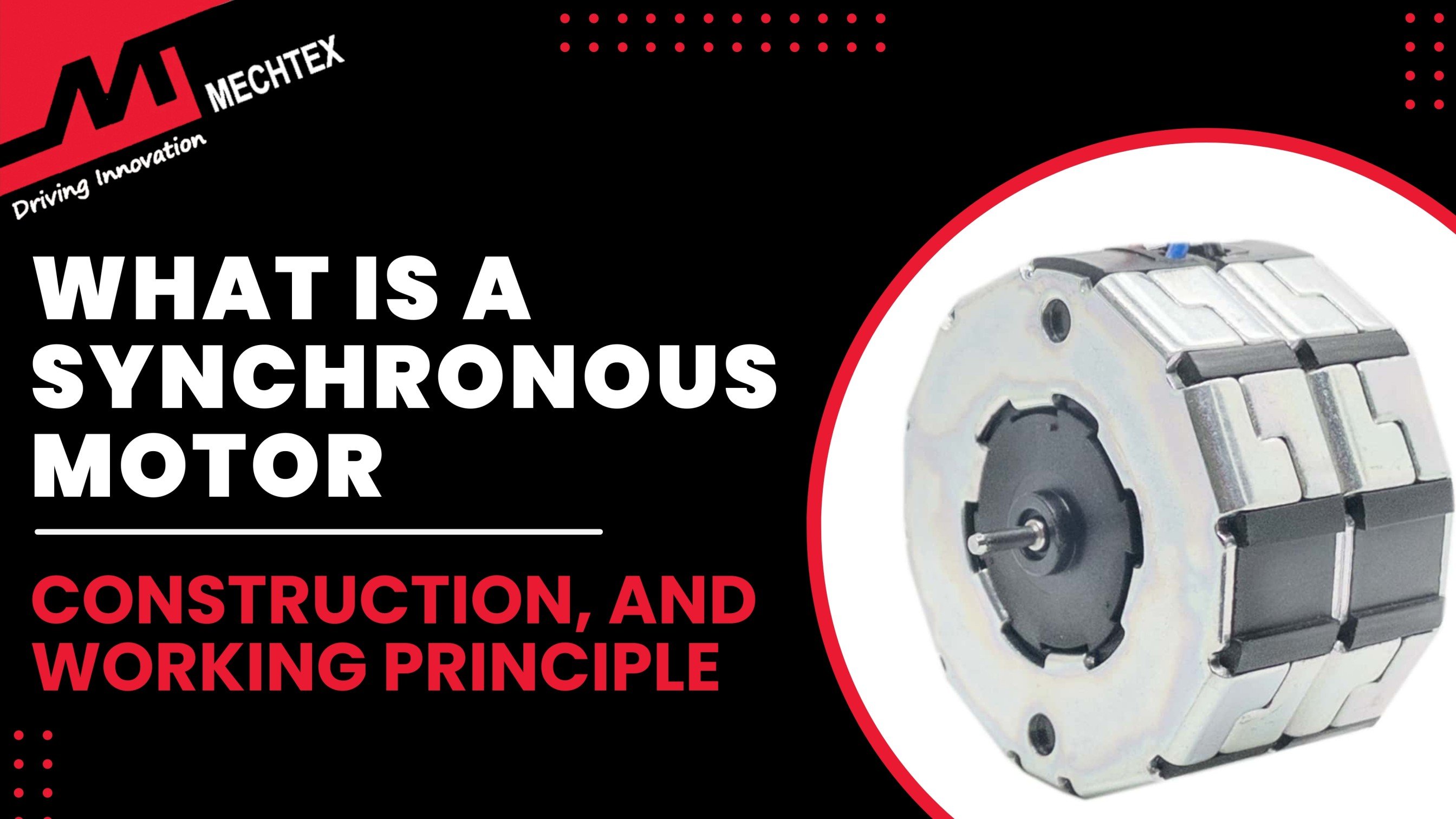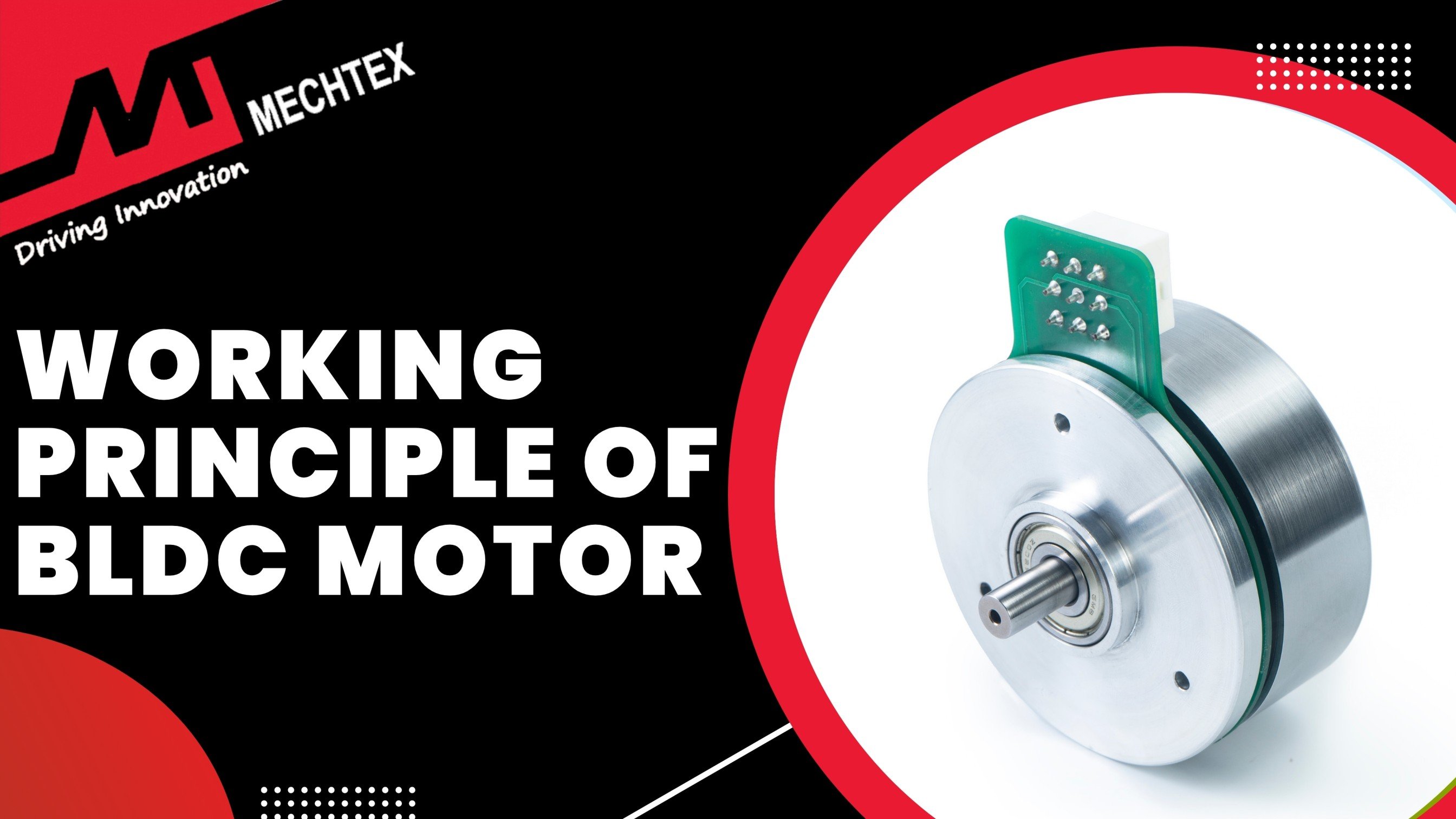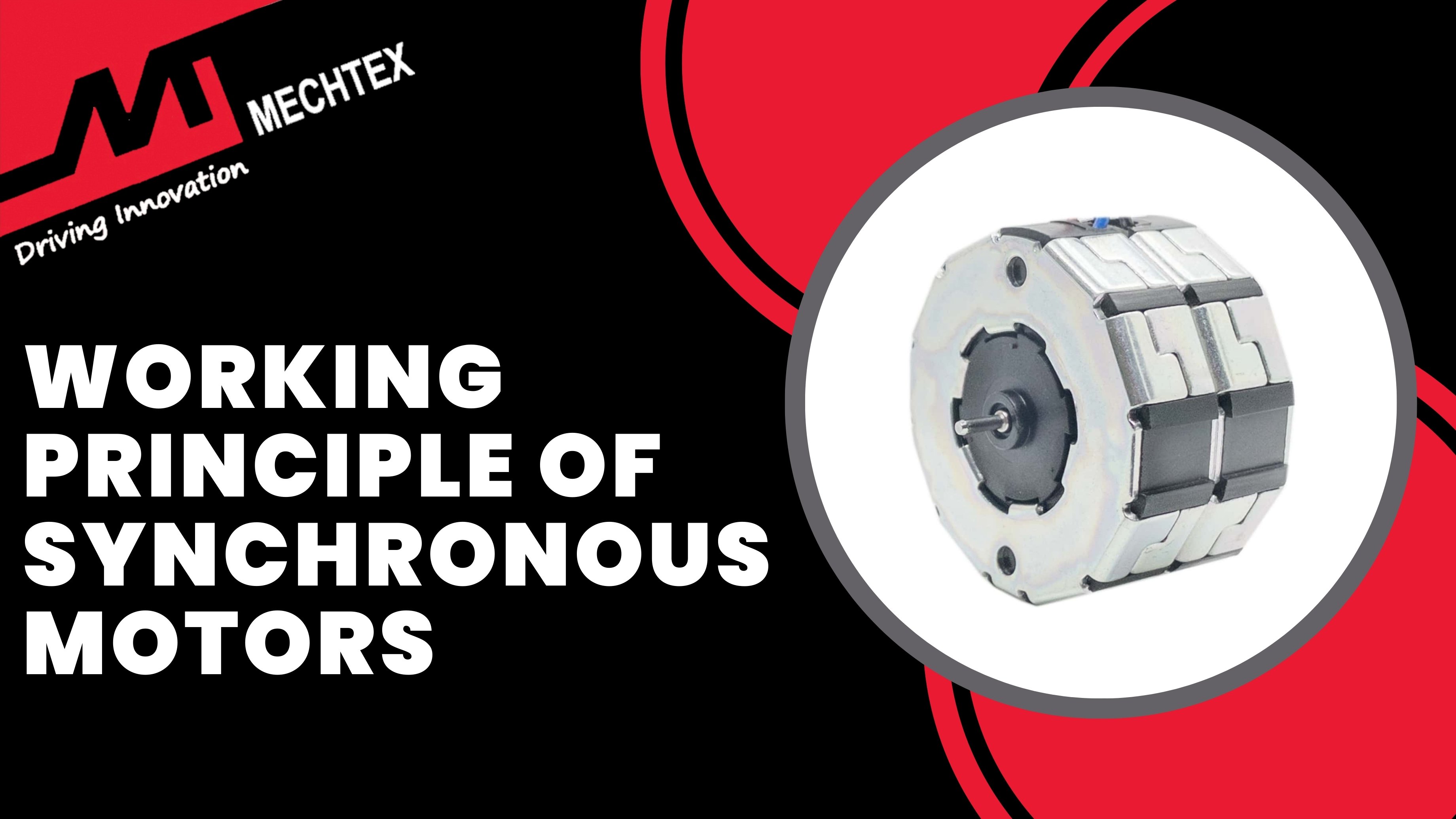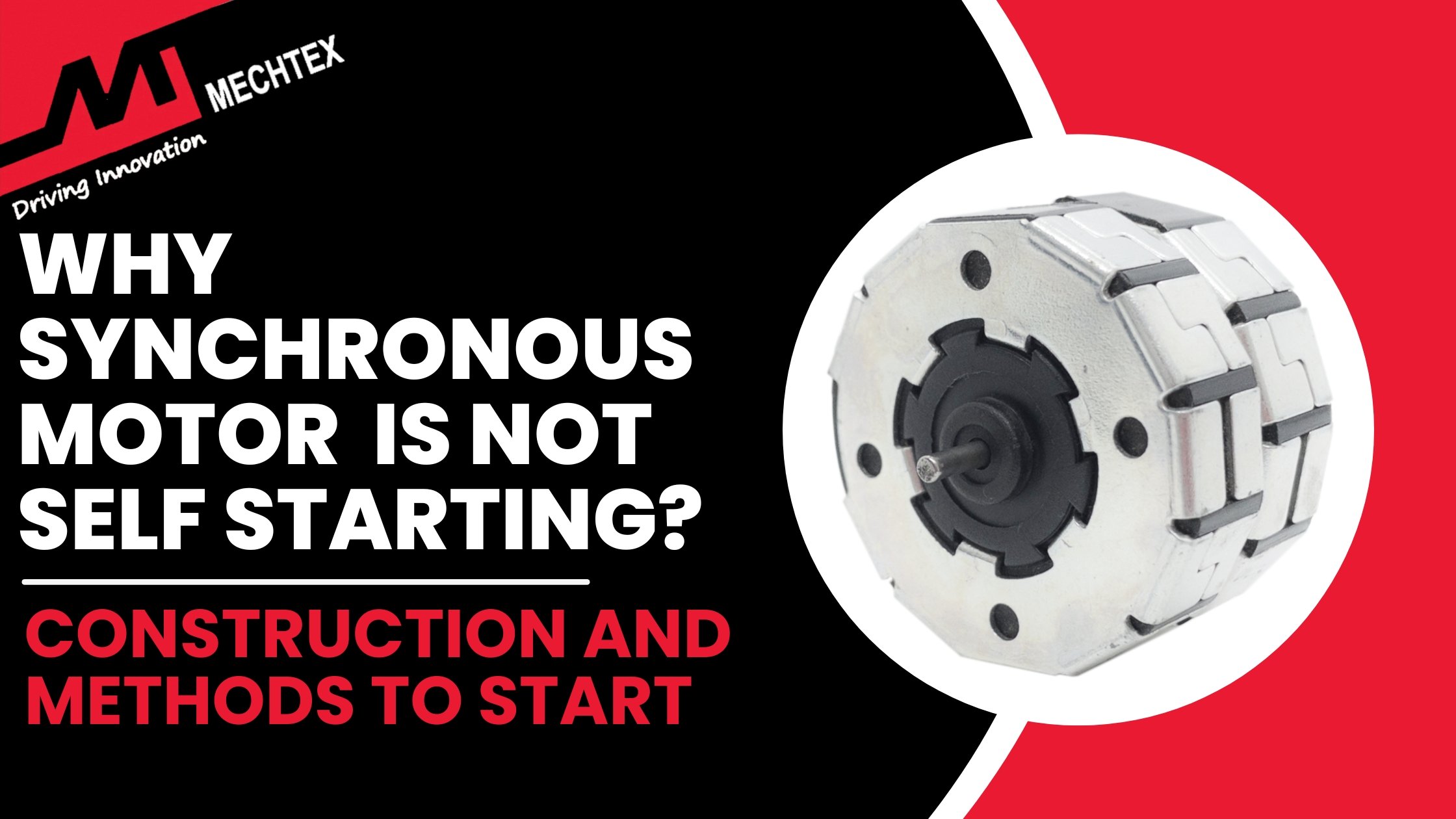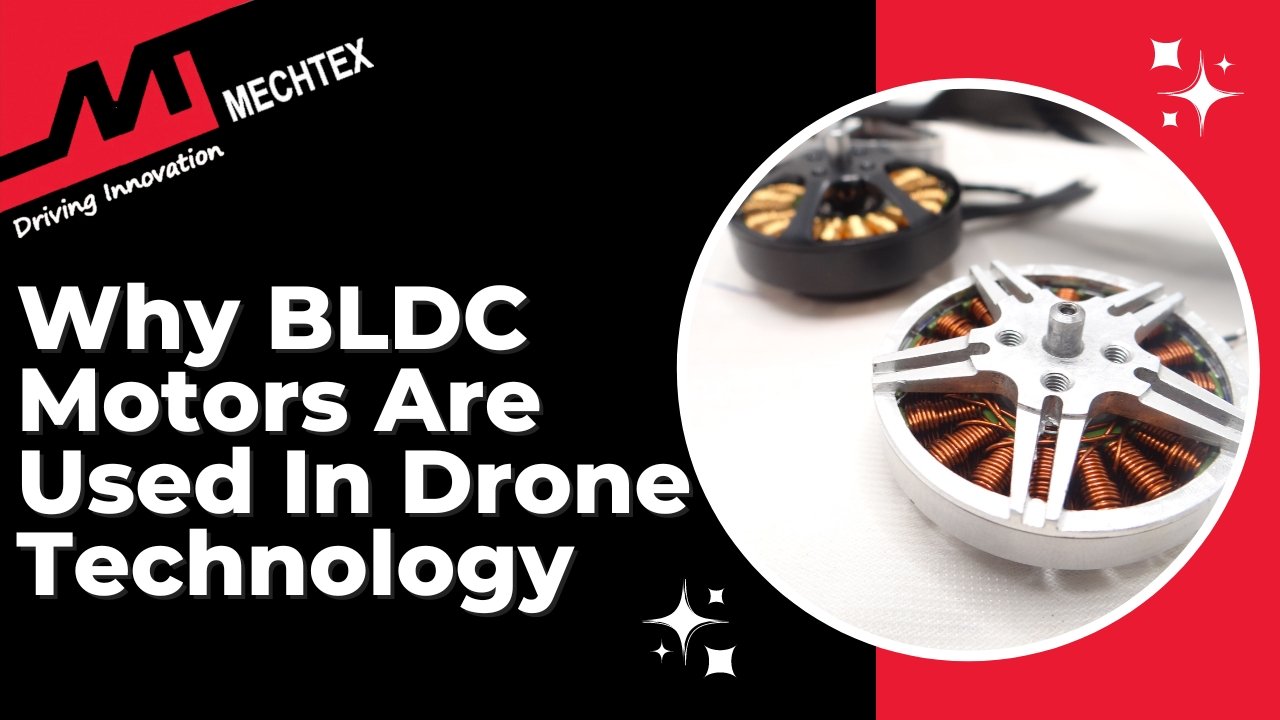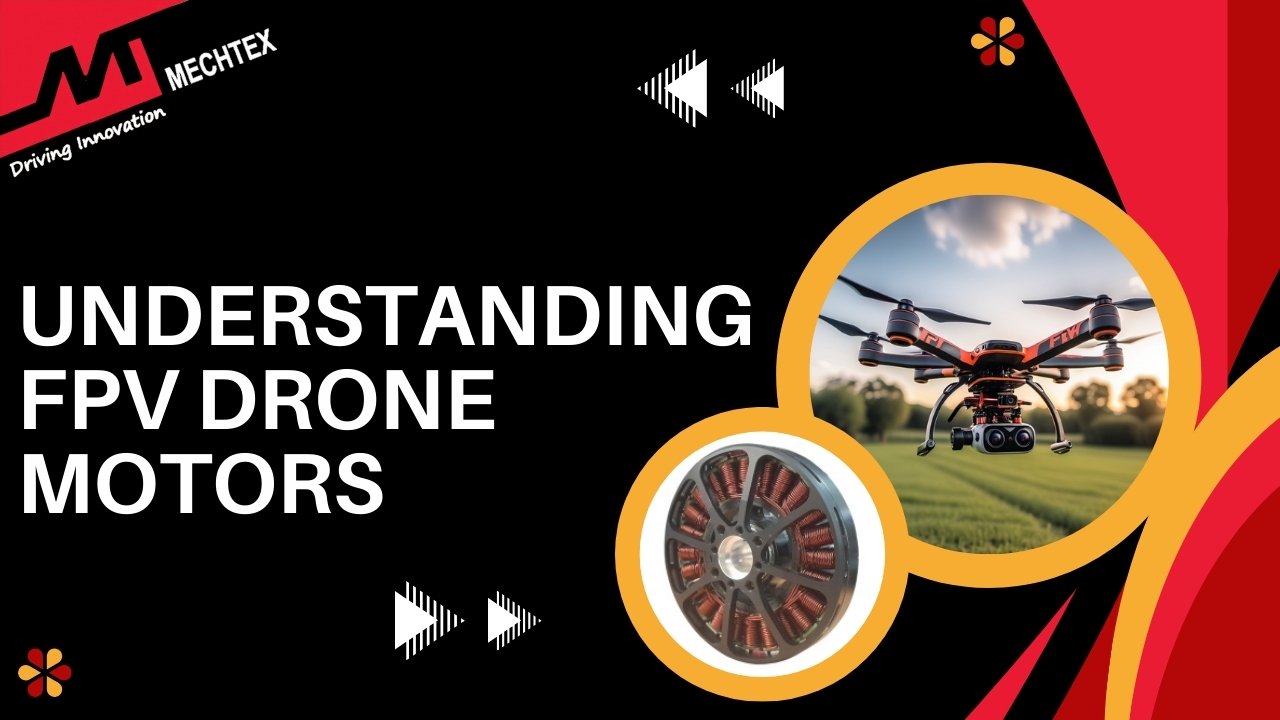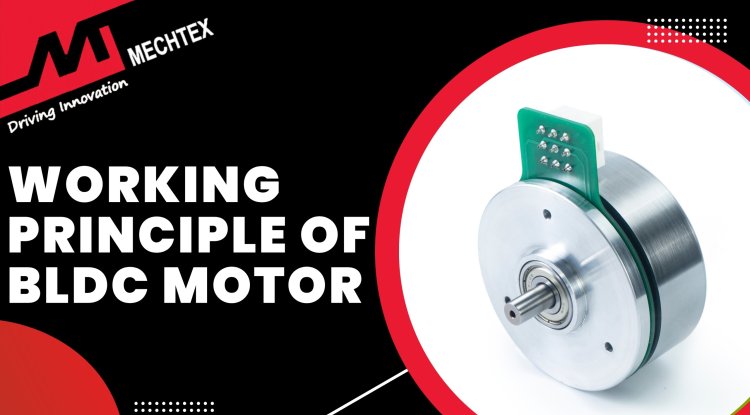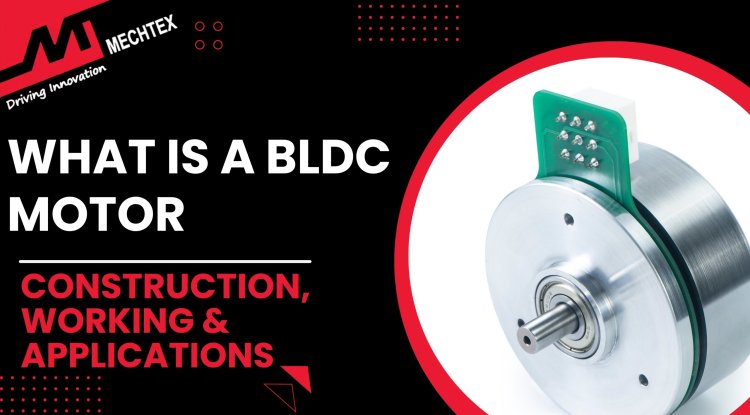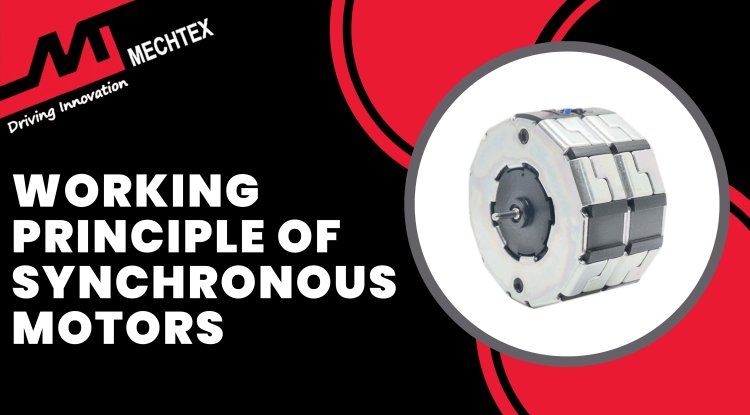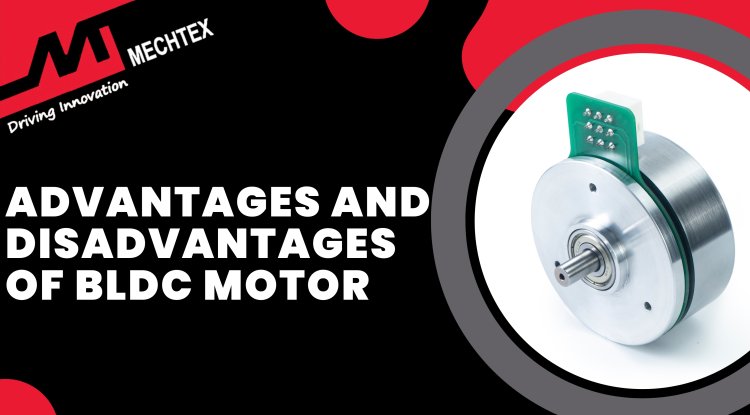Understanding the Relationship Between KV Rating and Drone Performance
KV stands for RPM per volt. It indicates how many revolutions per minute (RPM) a motor will achieve for every voltage applied to it at no load condition. It is an essential specification that helps engineers to get an idea of how fast a drone motor will spin. It directly affects the overall performance of the drone.
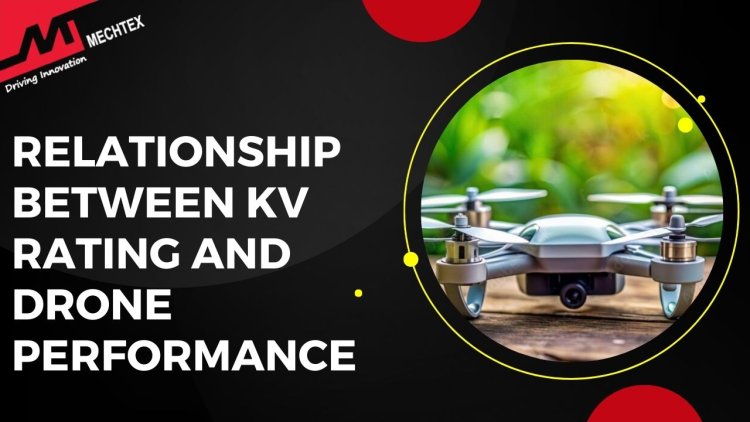
Drones have revolutionised various industries from aerial photography and delivery services to search and rescue operations. A key component that determines how well a drone performs is its motor.
A drone motor is an essential component that powers propellers and enables drones to fly. Drone motors are typically brushless DC motors that convert electrical energy into mechanical thrust. These motors are designed to be lightweight and highly efficient, to ensure stability, control and long flight of drones. One of the key specifications of drone motors is the KV rating. KV rating is essential for optimising the speed, torque and overall performance of drones.
In this blog, we will dive deep into what KV rating is, how it affects the speed and torque of drone motors, and how engineers can use KV ratings to select the right motor for the drone. Whether you're a drone enthusiast, or engineer, having a grasp of KV rating will help you make more informed decisions when building or upgrading drones.
What is KV Rating?
The term “KV” stands for “RPM per volt”. It indicates how many revolutions per minute (RPM) a motor will achieve for every voltage applied to it.
For example - if a motor has a 1000 KV rating, it will theoretically spin 1000 RPM when 1 volt is supplied to it. When 10 volts are supplied, the motor will spin at 10,000 RPM under no load conditions.
Watch the YouTube Video by "RCJuice" to know more about KV Rating.
KV rating is specific for brushless DC motors which are standard type of motors used in drones. It is an important specification that helps engineers to get an idea of how fast a drone motor will spin. The higher the KV rating, the faster the BLDC motor will spin.
KV Rating and Speed
The most direct relationship between the KV rating and a brushless DC motor's performance is its speed. Here is how the relationship between the KV rating and the speed of a BLDC motor works:
Higher KV Rating = High Speed: A BLDC motor with a high KV rating will spin faster at a given voltage. Eg - A 2300 KV BLDC motor will rotate faster than a 1000 KV BLDC motor when both motors are supplied with the same voltage.
Lower KV Rating = Low Speed: On the other hand, BLDC motors with low KV ratings rotate slowly as compared to BLDC motors with high KV ratings when the same voltage is supplied.
When selecting a BLDC motor for a drone, one must consider the desired speed of the drone’s propellers. Drones designed for racing and acrobatics typically require high KV rating BLDC motors because they require fast propeller speed to achieve agility and rapid acceleration. On the other hand, Drones are used for aerial photography where stability and smoothness are more important than speed, and low KV rating BLDC motors are preferred.
However, it is not just the KV rating of the drone motor that makes the drone performance better. There are several other factors such as propeller size, battery voltage, and drone weight, that influence the overall performance of the drone.
KV Rating and Torque
While a high KV rating increases the speed of the motor, however, it adversely affects its torque. The torque is the rotational force produced by the motor which is crucial for lifting and moving with heavy objects or for quick acceleration after a stop.
Here is how the KV rating affects the torque:
Higher KV Rating = Lower Torque: BLDC motors with high KV rating spin faster but generate less torque. This is because BLDC motors with high KV ratings have few windings of thin wire which allows the motor to spin quickly but generate less torque.
Lower KV Rating = Higher Torque: BLDC motors with lower KV rating spin slowly but provide more torque. Lower KV rating BLDC motors have more windings of thick wire which increases the drone motors ability to generate torque but reduces its rotational speed.
Watch the YouTube video by "FPV University" to understand the relationship between the KV Rating and Torque.
For drones carrying heavy payloads such as professional cameras, lower KV rating BLDC motors are suitable because these motors provide the necessary torque to the drones to lift the heavy payloads easily. Conversely, if drones are used for racing and aerobatics a higher KV rating BLDC motor would be a better option as it provides the quick rotational speed needed for fast acceleration.
Relationship Between KV Rating, Voltage and RPM
As mentioned before, the KV rating of the BLDC motor is directly related to its speed and it is calculated as RPM per volt. The formula to calculate the RPM on the basis of KV rating is:
RPM = KV x Voltage
For instance, if we have a 2300 KV motor and we are using a 4S battery that provides 14.8V (nominal), the theoretical RPM would be:
RPM = 2300 x 14.8 = 34,040
The above RPM value is theoretically the maximum speed at which the BLDC motor will rotate without load (meaning no propellers attached). In the real world, factors such as load, air resistance, and motor efficiency reduce the speed. However, the above equation provides a useful baseline for understanding how fast your drone motor can spin.
KV Rating and Propeller Size
Another key factor that affects the drone motor performance is the size of the propeller. The size of the propeller must be compatible with the KV rating of the BLDC motor. Here is how KV rating and propeller size affect the performance:
- High KV Rating Motors
High KV rating BLDC motors are well suited for small and light propellers. Using large propellers with high KV rating BLDC motors increases load and causes overheating. On the other hand, small propellers allow high KV rating BLDC motors to spin at their optimal speed and maximise the performance of the drone.
- Low KV Rating Motors
Low KV rating BLDC motors are designed to work with large propellers. The higher torque of the motor enables the propellers to spin efficiently which is used in drones that carry heavy payloads. Large propellers offer more thrust but spin at low speed which aligns with the capabilities of a low-KV motor.
Choosing the Right KV Rating for your Drone Motor
While selecting a BLDC motor for your drone, one must consider the balance between speed and torque. Here are some other factors that one must consider while selecting a motor for a drone:
- Drone Weight
Heavy drones require more torque to lift from the ground and take a stable flight. Lower KV rating BLDC motors are ideal for these drones as they provide high torque at low speed which is required for generating the necessary thrust required by the drone to lift the heavy payloads. While high KV rating BLDC motors spin faster, and they lack the torque required to lift the payloads which makes lower KV motors the better choice for stability and performance in large drones.
- Propeller Size
When using large propellers, a low KV rating BLDC motor is ideal because it provides the necessary torque to turn the propellers efficiently at low speed. A lower KV rating BLDC motor with low RPM prevents the motor from overheating and maintains its effective thrust. In contrast, small propellers require less torque and have more RPM. The higher speed compensates for the smaller propeller size, delivering the desired performance without stressing the motor.
- Battery Voltage
The voltage of the battery also plays an important role in determining the drone motor performance. If a high-voltage battery is used, a BLDC motor with a low KV rating must be selected to prevent the motor from spinning too fast and becoming inefficient. Conversely, if a low-voltage battery is used, it must be paired with a high KV rating BLDC motor.
Conclusion
The KV rating of a BLDC motor is a crucial factor that directly affects the speed, torque and overall performance of the drone motor. A high KV rating BLDC motor delivers low torque but high speed, while a lower KV rating BLDC motor provides high torque but low speed. By understanding this relationship, one can choose the right BLDC motor for their specific needs and ensure the drone operates efficiently.
Selecting the right KV rating means striking a perfect balance between speed, torque, and other factors like propeller size and battery voltage. Whether we are using a drone for racing or aerial photography, the KV rating is the key metric that one should consider while selecting a motor for a drone to enhance its performance.

